End of Year Q & A
End of Year Q & A
Cape Cod Residents Have Questions About Their Plants & Gardens
Here are some of the questions we have heard from our customers at the end of December.
Q. Some of my bulbs are coming up! This can’t be okay…
A. Don’t panic…it’s actually fine. Some bulbs start to put up shoots in late fall or even early winter. The tips of this growth peak out of the ground, and start to photosynthesize, making energy for the bulbs and the roots. They will slow down and stall in their growth when the temperatures get colder, as they undoubtedly will in January and February. In the meantime, they won’t be harmed by the cold now. You Don’t have to cover them up.
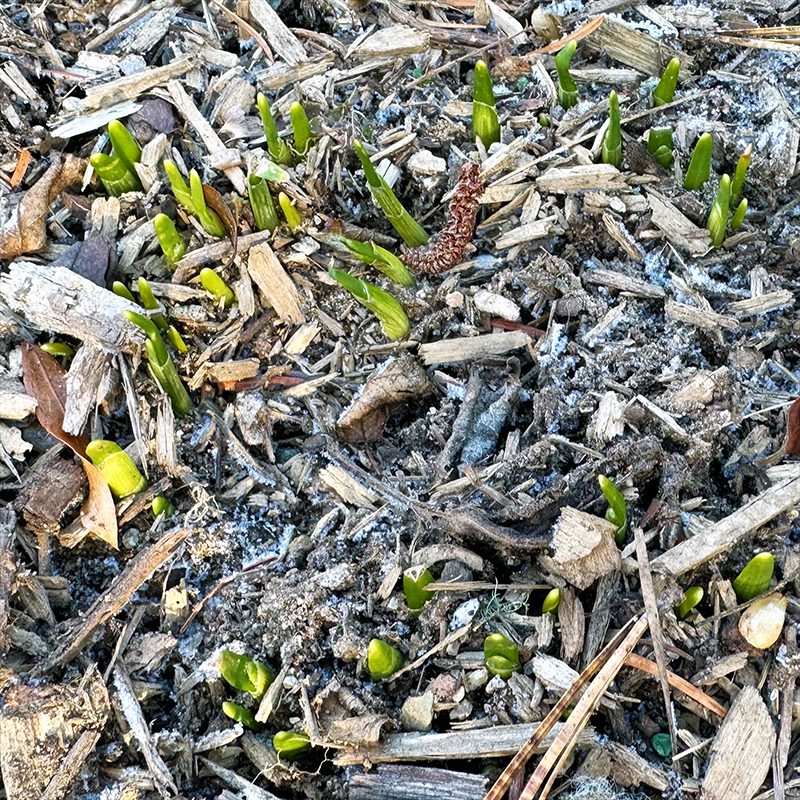
Q. Is it okay to prune a small maple tree now? Or should I wait?
A. It’s actually better to prune a maple in the winter instead of the spring. In the spring trees such as birch and maple will “bleed sap” when pruned, but if they are cut in the winter those wounds heal over before the sap rises in the spring. So take advantage of some of our warmer, December days and get your maple tree trimmed.
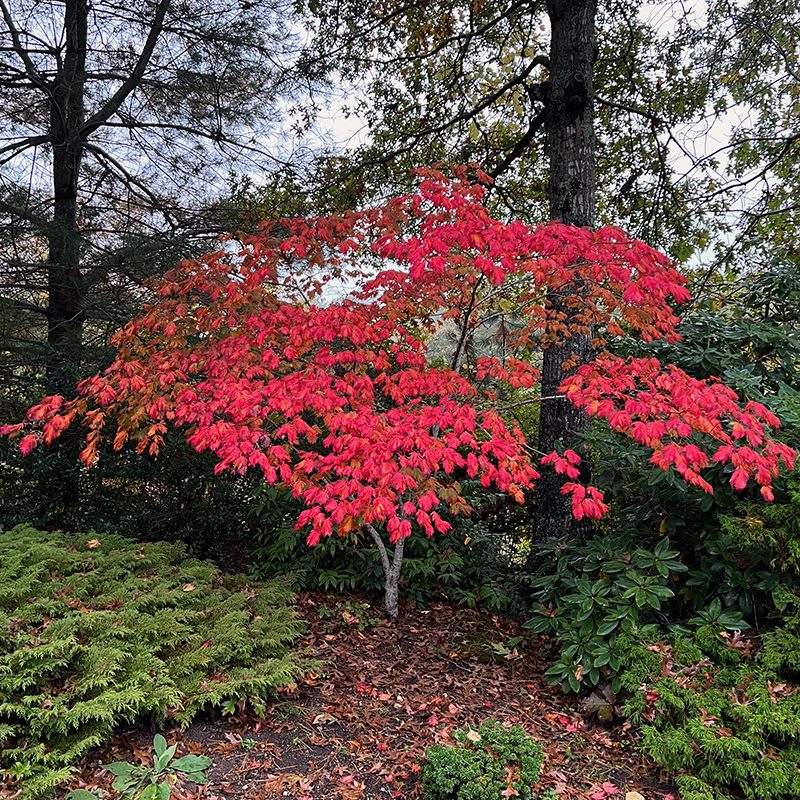
Q. One of my Hydrangeas has green buds opening. Help!
A. One of the problems with our warm fall weather is that some plants begin to break dormancy. This isn’t a problem for most plants, but it is a concern for our much-loved, blue mophead Hydrangeas. Those buds that you see were formed in July and August last summer, and they contain the germ of next summer’s flowers. If those buds get zapped by winter temperatures, they will die and the shrub will have fewer flowers in the coming year.
Unfortunately, there’s nothing much you can do about this. No spray or covering will protect those buds if the temperatures get extremely cold. We saw this in 2023, when the temperatures dipped below zero degrees Fahrenheit in February, creating great hydrangea hysteria all over the Cape when most of these shrubs didn’t bloom.
Not all Hydrangeas are prone to swelling buds in December – some varieties, such as Big Daddy, are more likely to do this. The well known varieties such as Endless Summer and Penny Mac are less prone to early bud-break, so they are safer types to plant.
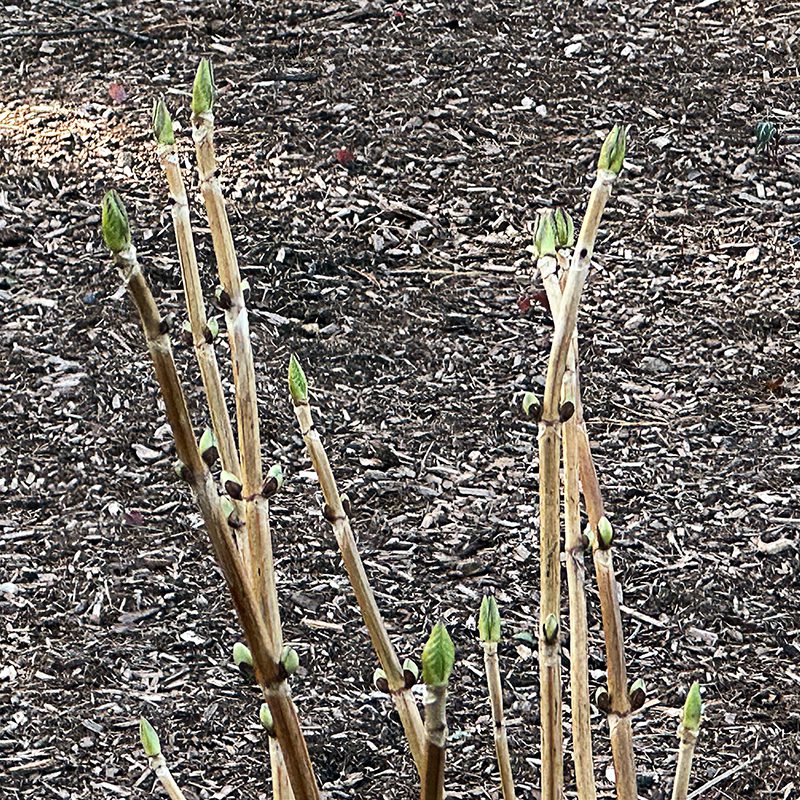
Q. Should I cut off the brown flowers on my Hydrangeas?
A. That’s up to you. They do no harm staying on the plants into the winter. If you don’t like how they look, by all means clip them off, making the cut right below the brown flower. (This applies to all types of Hydrangeas, by the way. You will not affect next year’s flowers by snipping the old, brown ones off now.) If you like how they are, or simply don’t care one way or the other, leave them on the plant. Most will fall away over the winter, turning into “Cape Cod tumbleweeds” before spring. Any that remain on the plants can be clipped off in May when you’re taking off dead wood and doing a spring cleanup.
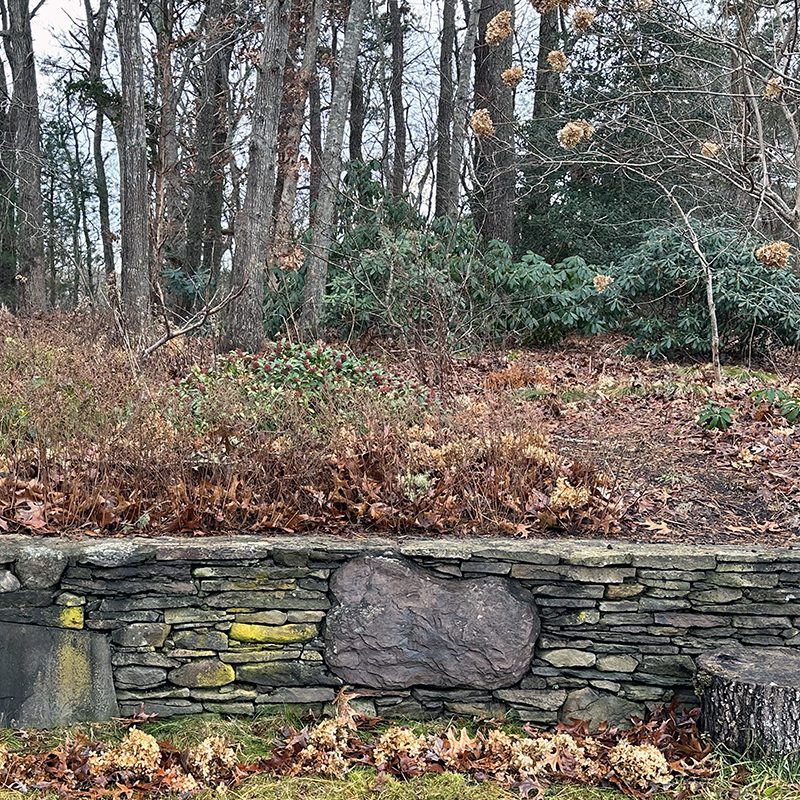
Q. I have black, lumpy stems on one of my trees. Is this a problem?
A. This is black knot, a fungus (Apiosporina morbosa) that grows on cherry trees. We typically see it on our native choke cherry trees on Cape Cod, although other trees in the genus Prunus can also get infected. It’s most noticeable at this time of year when the leaves have fallen from the trees. Most of the time we just ignore it. Small twigs with the black lumps can be pruned off if the look of them bothers you, but when the growth is on a main limb or the trunk, simple pruning isn’t possible. The interesting thing is that many wild cherries seem to continue to grow even when they have rather severe cases of black knot.
If you have black knot on a peach tree, or other ornamental plum or cherry, remove the smaller knots by cutting those stems off about 8″ below the swelling. Keep your tree as healthy as possible by watering deeply once a week during times of drought, fertilizing when a soil test shows that it’s needed, and mulching or applying compost over the soil below the dripline.
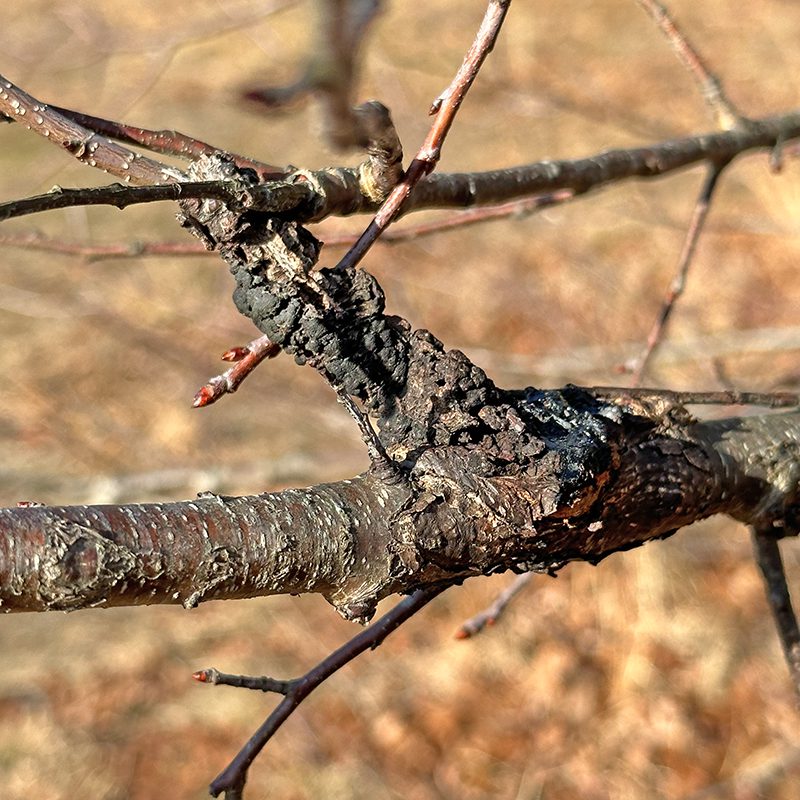
Q. My neighbor has a very dark green holly bush. My holly is taller and not as full. Why is mine so much different?
A. There are many species and varieties of holly, and they have different characteristics and growth habits. We suspect that your holly is Ilex opaca, one of our native species, and your neighbor’s is most likely one of the blue hollies such as Ilex × meserveae. All of the holly species and varieties bring something unique to the party. Know that the native Ilex opaca supports at least 18 species of birds and the flowers provide nectar and pollen for bees and other insects.
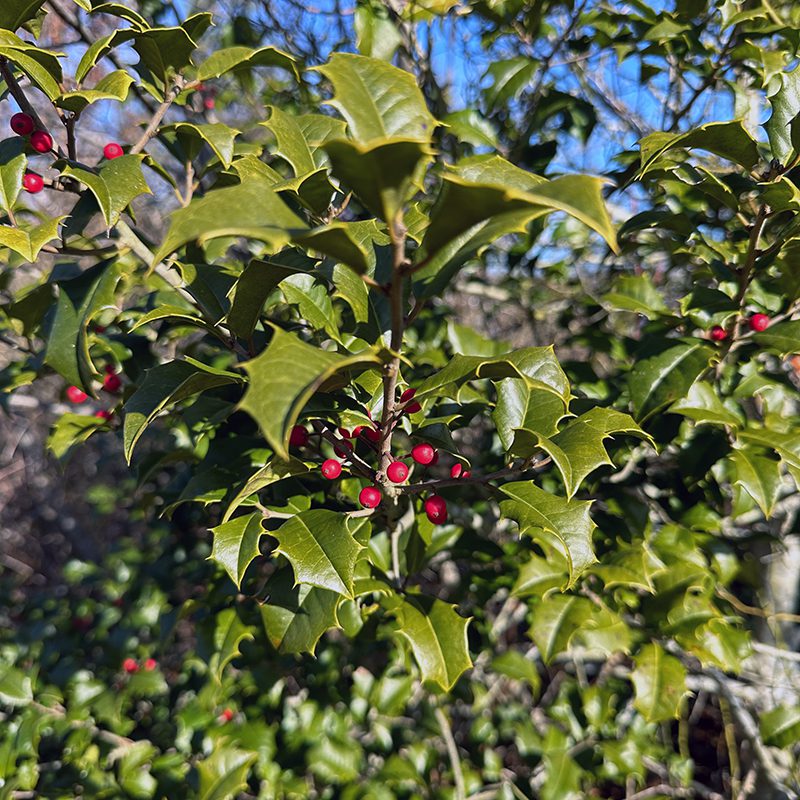
Q. When I bought my amaryllis bulb three years ago it grew two flower stems. I’ve kept it growing but it only gets one blooming stem now. How can I get two to grow again?
A. I know that it’s not very comforting, but you’re not alone with this experience. The reality is that when you buy a new, premium amaryllis bulb it has come from the grower who has given it the optimum care. When we save our bulbs from year to year, however, we’re less attentive with the fertilizing and the ideal amount of sunlight. We can keep the bulbs alive, but they usually only produce one flower stem instead of two. Occasionally the ones we save also get so old or tired that they produce smaller flowers or no blooms at all. The solution? Occasionally get a new one and enjoy its vigor.
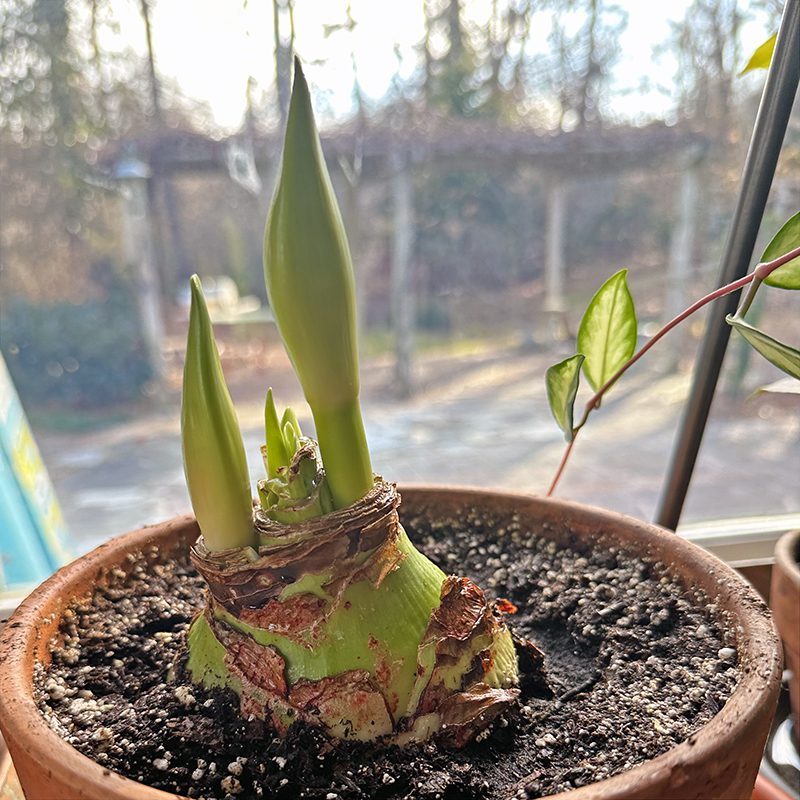
Subscribe To Our Newsletter
Sign up for our weekly email about sales and events.
